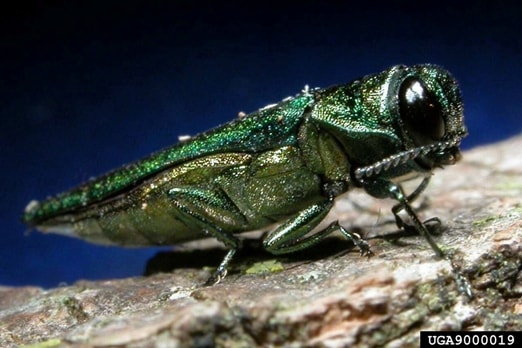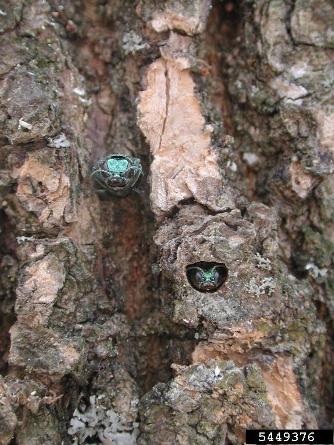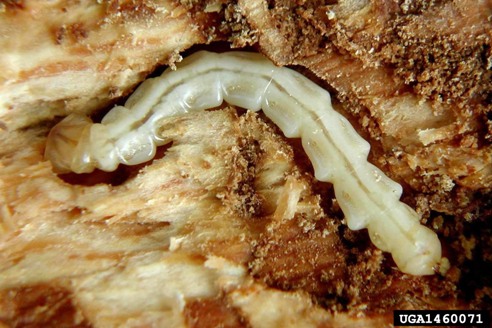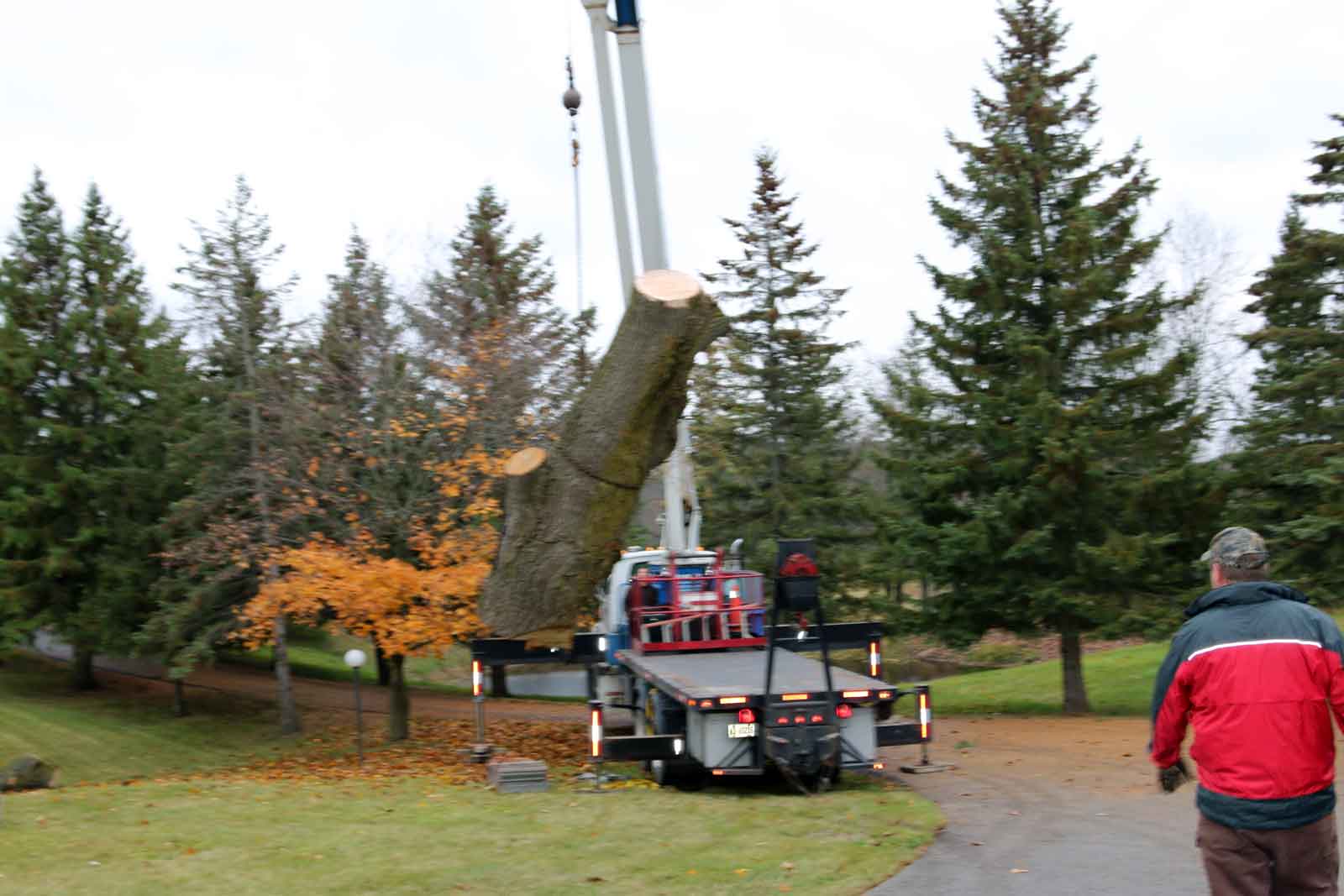
Photo credit to emeraldashborer.info
Though their iridescent green shells may seem beautiful, an Emerald Ash Borer infestation is an ugly sight. These invasive pests can destroy numerous ash trees, especially in areas that don’t harbour the beetle’s natural predators. Cold weather isn’t enough to stop them — these bugs are surprisingly adept at surviving winter temperatures in most of North America.
Emerald Ash Borers and Winter Temperatures

Photo credit to emeraldashborer.info
A USDA Forest Service/Minnesota Department of Agriculture study determined how “cold-hardy” Emerald Ash Borers can be. The species “overwinters” in the larvae stage, and these larvae seem capable of living through temperatures as low as -25° Celsius.
Variations in Supercooling
The temperature at which Emerald Ash Borer larvae freeze is their “supercooling point.” There is some evidence that suggests that this point varies among populations. One study found that larvae in the Ontario, Canada, region freeze at nearly -31°C. A similar study in China concluded that the larvae freeze at temperatures as high as -23°C.
How They Survive

Photo credit to emeraldashborer.info
A number of factors help keep Emerald Ash Borer larvae from being wiped out during the winter:
- Larvae form cells in ash tree’s outer sapwood, providing insulation
- Trees with good sunlight exposure can get considerably warmer than the surrounding air
- Larvae acclimate to cold weather, allowing them to survive colder temperatures
If winter temperatures don’t drop low enough to kill a significant number of Emerald Ash Borers, this can mean disaster for trees.
Handling Infestations

While the cold may diminish Ash Borer numbers, the lack of natural predators and other ways of naturally controlling them means that human intervention is necessary to protect ash trees. The only reliable solution is to maintain an aggressive sanitation regimen, meaning:
- Remove unhealthy trees to prevent opportunistic infestations
- Remove infested trees
- Remove unwanted healthy trees that border heavily infested areas
- Use appropriate insecticides and application methods for wood-boring insects
- Chip wood from affected trees into pieces less than an inch square to minimize the survival of ash borer larvae
Emerald Ash Borers are a direct threat to all ash trees in North America. If you suspect you have an infestation, don’t wait — Great Northern ReGreenery can help. Contact us toll-free at 1-877-775-7444 to schedule a consultation.





